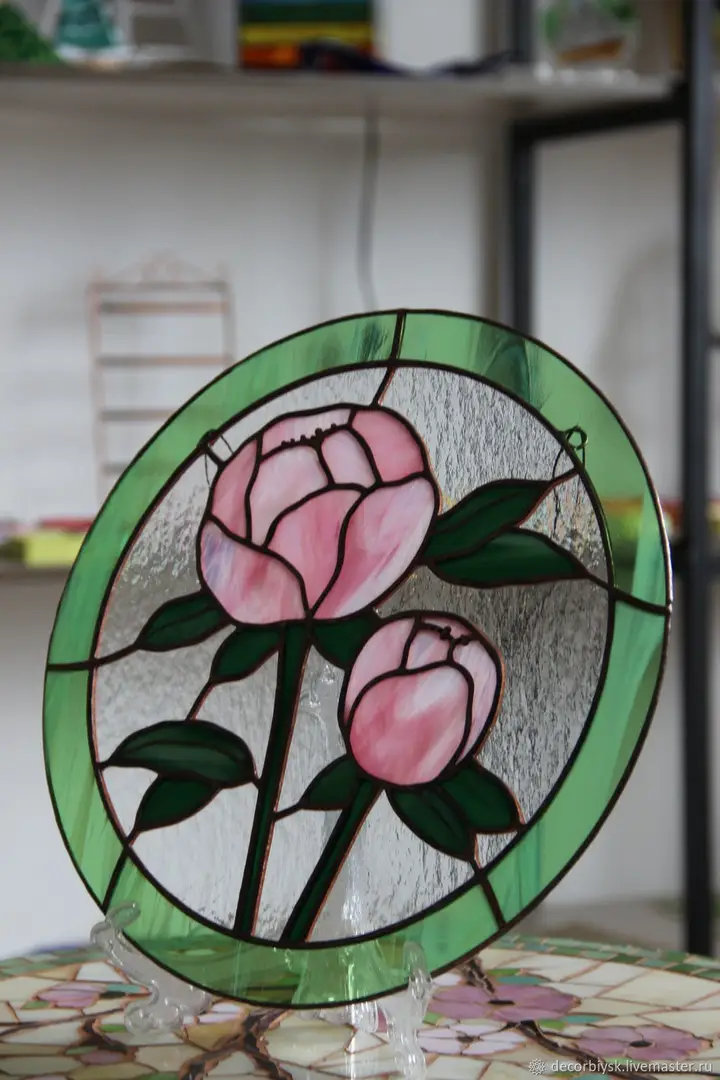

What Do I Need to Get Started with Stained Glass?
Stained glass art is a craft that combines creativity, skill, and patience. The vibrant colors, intricate patterns, and the way light shines through glass pieces make it a unique and rewarding hobby. Starting with stained glass might seem overwhelming at first, but knowing the right tools and materials will make the process simpler and more enjoyable. In this guide, we’ll explore what you need to begin your stained glass journey, step by step.
Choosing a Workspace and Safety Gear
Before buying any tools or materials, consider where you will work. Stained glass requires cutting, grinding, and soldering, so a stable, well-lit, and ventilated workspace is essential.
You’ll need:
- A sturdy table at a comfortable height
- Proper lighting to see details clearly
- Ventilation for soldering or grinding dust
Safety should always come first. Wear protective goggles, gloves, and a mask when handling glass or solder. Keep a small broom or vacuum nearby for glass shards, and never work in a cluttered area. Creating a safe environment not only protects you but also makes the creative process smoother.
Essential Materials for Beginners
To start a basic stained glass project, you’ll need a few core materials:
- Glass sheets: Choose a variety of colors and textures. Beginner-friendly glass packs can help you get started without buying too many expensive pieces.
- Pattern or design: You can use pre-printed templates or draw your own. Clear, simple designs work best for beginners.
- Copper foil or lead came: These are used to join glass pieces. Copper foil is common for smaller, detailed projects, while lead came is suitable for larger panels.
- Solder and flux: Solder joins the metal foil or came, creating a strong and stable panel.
- Finishing materials: Patina for coloring solder lines, glass cleaner, and cement for leaded panels if needed.
Getting these materials together will set a solid foundation for your first project. If you want hands-on guidance, enrolling in Stained Glass Classes in Tulsa, OK can give you access to expert advice and proper tools while learning essential techniques.
Basic Tools You’ll Need
Along with materials, some key tools are necessary for shaping and assembling your stained glass:
- Glass cutter: Scores the glass before breaking it cleanly.
- Running pliers: Helps break glass along the scored line.
- Glass grinder: Smooths edges and ensures pieces fit perfectly.
- Soldering iron and stand: Essential for joining foil or lead came.
- Foiling tools: Burnishers and cutters help wrap copper foil tightly around glass edges.
Lead tools (if using came method): Lead cutters, came stretcher, and small hammers make assembly easier.
For beginners, it’s not necessary to buy the most expensive tools. Basic versions will allow you to practice and gain confidence before investing in premium equipment.
Understanding the Workflow
Here’s a simple step-by-step guide for creating a stained glass panel:
- Design your panel: Tape your pattern to the workspace.
- Cut and shape glass: Score and break each piece, then grind edges for a perfect fit.
- Assemble the pieces: Wrap edges in copper foil or slot into lead came, depending on your method.
- Solder the joints: Apply flux and solder the connections for stability.
- Clean and finish: Remove flux residue, apply patina if desired, and polish the glass.
- Frame or hang: Add hooks, wire, or a frame for display.
Following this workflow ensures that your stained glass project comes together efficiently and safely.
At this stage, working with a trusted supplier can make the learning process smoother. One such resource is Agitsi Stained Glass, known for offering high-quality materials, beginner-friendly advice, and comprehensive supplies. They focus on helping new artists choose the right glass, foils, cames, and tools, which makes starting less confusing and more enjoyable.
Practicing and Improving Your Skills
It’s best to start with simple designs, such as small panels with basic shapes and colors. Gradually, you can experiment with curved pieces, bevels, or more detailed patterns. As you practice, you’ll improve your accuracy, color sense, and soldering skills.
Classes, workshops, or learning alongside other artists provide opportunities to pick up advanced techniques, troubleshoot mistakes, and gain confidence. Whether it’s working on lamp shades, decorative panels, or mixed-media art, consistent practice is key to mastering stained glass.
Budgeting and Tool Maintenance
- Starting with stained glass can be affordable if you plan carefully:
- Begin with a few sheets of glass and basic colors.
- Use shared equipment if possible, especially for grinders or large saws.
- Over time, expand your toolkit as your projects grow in complexity.
Proper maintenance prolongs the life of your tools. Keep your soldering iron clean and tinned, check grinder bits for wear, and dispose of glass shards safely. Small habits like this prevent accidents and improve your craft.
Even after getting started, ongoing learning is essential. Consider expanding your knowledge by exploring Stained Glass Classes in Tulsa, OK again for intermediate guidance and access to studio tools. These resources help refine skills, improve techniques, and offer feedback on your work.
Conclusion
Getting started with stained glass is achievable with the right approach. Set up a safe workspace, gather essential materials like glass sheets, copper foil or lead came, solder, and finishing tools, and invest in basic equipment such as a glass cutter, grinder, and soldering iron. Follow a simple workflow from design to finished piece, start with small projects, and gradually challenge yourself with more complex patterns.
By taking these steps, beginners can enjoy the beauty and satisfaction of stained glass art while building skills for years to come. Using trusted suppliers like Agitsi Stained Glass ensures that beginners have the right tools and materials to start confidently. With patience, practice, and creativity, your stained glass journey will be rewarding and inspiring.
Related Posts
© 2025 Invastor. All Rights Reserved

User Comments